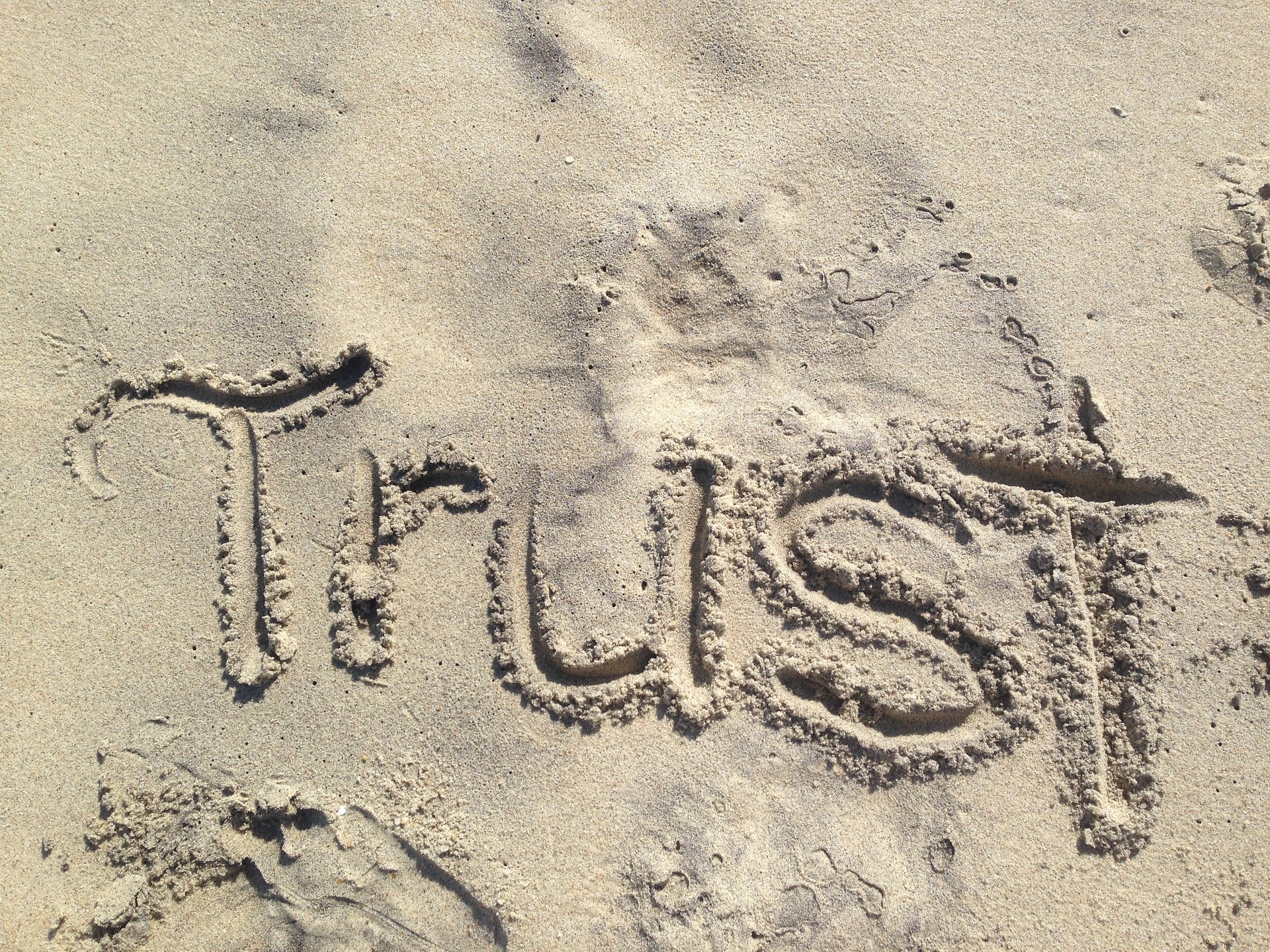On Monday, Lauren and Mara explained how a well-designed stakeholder report can benefit the staff and board of a nonprofit news organization, and help to build trust with current and potential donors.
It does that by weaving two stories together.
The first is a story about journalism. Nonprofit news is more critical to democracy than ever before but commands only a small share of overall philanthropy. Organizations who do this work and want to continue to do it have to educate stakeholders about how and why journalism matters. The second is a story about the organization itself. A great stakeholder report helps readers to understand and evaluate the impact of a nonprofit newsroom as a whole on the community it serves.
The Wisconsin Center for Investigative Journalism’s report, for example, highlighted how an investigative report into the quality of drinking water in Wisconsin drew a response from Gov. Scott Walker, who said he administration was taking the concerns raised in the report seriously, and state lawmakers, one of whom proposed legislation in response to the reporting.
Meanwhile, the just-released May-August 2016 Stakeholder Report from ProPublica included a note on the nonprofit’s approach to political coverage; high-profile mentions by Google’s Head of News, Richard Gingras and journalist David Uberti, among others; and metrics showing audience growth, along with a litany of examples of reporting leading to change.
A stakeholder report is a powerful and efficient way to communicate the many different kinds of impact that nonprofit news has.
Before You Even Start Writing
The first question to ask yourself is this: Who are the stakeholders you are writing this report for?
Once you agree on that, decide on a key message. Your key message begins the report with a major accomplishment, growing footprint, or strategic innovation that commands the reader’s attention.
Highlighting a key message reminds casual donors and other stakeholders who may not be keeping up with your work about something exciting you are doing right now. Think of it as something they can share at a dinner party or social gathering — timely, original and exciting.
Again, the overall goal is to show your stakeholders the impact of your organization. Give them what they need to be your evangelists. The checklist and worksheet below will help you get started.
The Stakeholder Report Checklist
Here are some of the things you will typically find in a stakeholder report.
- Title and organizational branding
- Front-of-the-book. What is your mission and key message? Are you introducing your organization to readers or reinforcing a strong brand through a major accomplishment or program achievement? Tell a story.
- Impact. Organize the review of your journalism through the lens of it’s impact on readers and your community. What happened that would not have happened without your work? Use the impact stories to show the depth and breadth of your reporting.
- What People Are Saying. Direct quotes and testimonials add credibility.
- Honors. The awards you win show your peers consider your work the best-of-the-best. Remember that your stakeholders don’t eat, drink and breath journalism. They don’t always know how to judge what high-quality journalism is, so awards and honors are a powerful signal.
- Audience. Use audience metrics to show that your work is reaching a large and/or influential audience. List your partners. Is your audience on social media growing? Is your newsletter audience growing? Is your distributed audience growing?
- Training and Education. Many nonprofit news organizations have educational programs as a key part of their mission. If that describes you, pull that program into a separate section, since you will likely be targeting different stakeholders here.
- Program Updates. Is there anything that you absolutely need to say that didn’t fit in the earlier sections? (Remember, be relentless in your editing. Longer is not better.)
- Finances and Supporters. Is this a report you will also use for fundraising? If so, put in the basics of your finances and fundraising that you would in a traditional annual report. What is your budget? Who are your key supporters?
- Contacts. Help your stakeholders find you, if they want to. Your URL, the ED’s name, and a phone number.
Is this an annual report?
Not at all. Many states require nonprofits to publish an annual report with details about financial performance and detailed information about the nonprofit’s programming. Annual reports are more comprehensive.
The stakeholder report for nonprofit news has a different objective, which is to educate stakeholders about the importance and impact of donor-supported, independent journalism.
Download the MetricShift Worksheet
Are you ready to get started? Click here to download the MetricShift Stakeholder Report for Nonprofit News Worksheet!
Jason Alcorn (@jasonalcorn) is the Metrics Editor for MediaShift. In addition to his work with MediaShift, he works as a consultant with non-profits, foundations and newsrooms.




